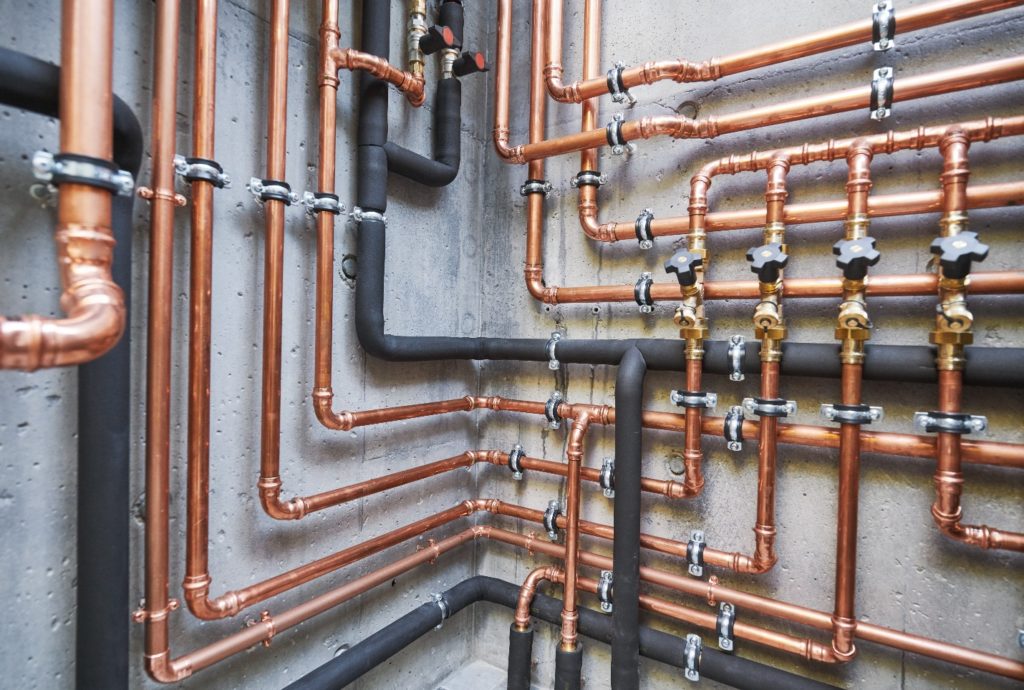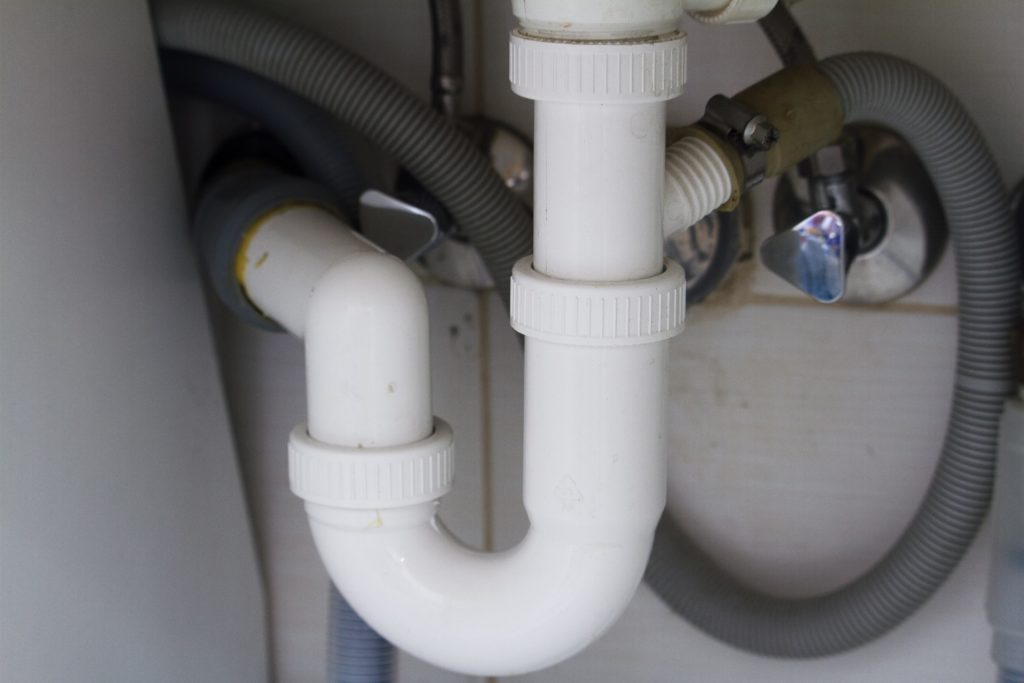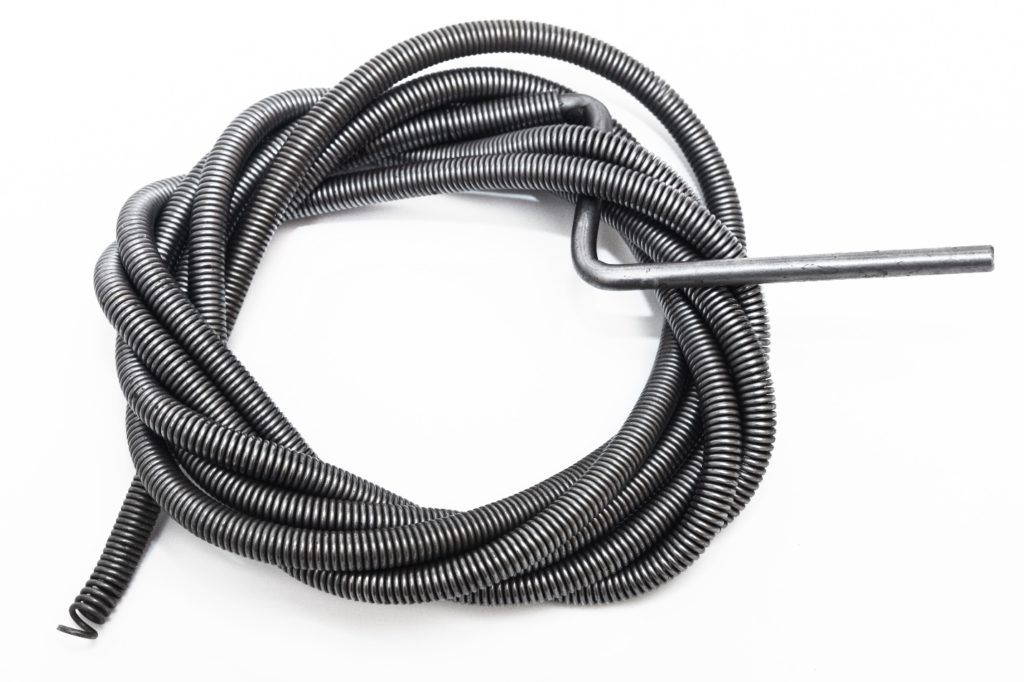Plumbing Terms You Need to Know
Meeting with a plumber can be a unique experience. At times, they may use somewhat familiar terms, but, sometimes, it may seem like they’re speaking a foreign language. Plumbing talk, or plumberese, can even vary from one place to another. A licensed plumber has a vast reserve of technical knowledge. Here are some of the words they may use, with explanations, to help you understand what they are saying.

- ABS: Acrylonitrile butadiene styrene. If this sounds like a tongue-twister, everyone calls it ABS anyway, or plastic pipe. This is a rigid, durable pipe that’s used for drain, vent, and waste lines.
- Access Panel: A panel in a wall or ceiling that can be opened to access plumbing or electrical fixtures that are kept out of the open.
- Auger: A spring-like, flexible metal rod that’s used to clear drain or toilet clogs. There’s usually a clearing or cutting device on the far end. Manual augers are turned with a crank to force blockages free, while motor-driven units may be used for plumbing problems with underground drain lines.
- Bleed: The process of releasing excess air from a pipe. It’s typically accomplished by opening a valve and can also be used to remove excess air from a hose or another tube.
- Discharge Drain: Discharges water into a drain system or leads to a channel to drain water into the ground; one example is a French drain.
- Drain: An opening for wastewater to pass from a fixture/system to a pipe where it’s transported for reuse or treatment; drains can be open or have a protective covering (grate), as in the case of floor drains. They may start at a plumbing fixture or not be connected to one at all like a storm drain.
- Elbow: A pipe fitting with two openings, but which diverge at 90-degree angles to allow for a change in flow direction. Your plumber may refer to it as an “ell” or “L”.
- Faucet Screen: Placed in the faucet arm nozzle, it is a small metal grating that catches small debris. Similar screens are sometimes used in washing machine hoses to protect an appliance’s water valves.
- Flapper Valve: A rubber plug at the base of the toilet tank, which opens to allow water to fill the bowl while flushing.
- Float Valve: Used to control water flow in a toilet tank, this type of valve is designed to shut off the water at a predetermined level. There are different designs, including one with a hollow ball, connected to a rod, that floats on the water.
- Journeyman: If a technician says they’re a journeyman, this means they’ve completed their plumber’s apprenticeship but have yet to reach master level, which usually takes four to five years.

- Licensed, insured, and bonded: A licensed plumber has passed regulatory requirements to perform the work they do. Insured means they have insurance coverage for employee injuries or damages that occur on jobsites, while bonded means they possess outside insurance that provides coverage if the company goes out of business or in cases of employee theft. Plumbing contractors generally must have all three to do business.
- Low-Flow: A type of fixture that reduces water flow as water passes through an outlet, such as a showerhead, faucet, or toilet.
- Main: The main water supply to which all branches of a plumbing system connect. The main drainpipe is where a home’s drain piping system enters a primary underground drainpipe or a septic system.
- Master Plumber: Has completed their apprenticeship and journeyman requirements. Responsible for business operations, planning, and bidding on individual jobs, a master plumber usually has 10 to 15 years of experience. They must also pass a state exam that tests their knowledge on best practices and the most current plumbing codes.
- Overflow: A drain that prevents a fixture from overfilling. A small hole near the top of a sink, it allows water to flow back to the drain instead of overflowing onto the floor.
- P-trap: A drainpipe shaped like the letter “P” found under a sink. It runs through the floor to the main drainage line. It is designed to trap some water to prevent sewer odors from backing up. An S-trap serves a similar purpose but exits through a wall.

- PVC/CPVC: Polyvinyl chloride (PVC) pipe may be used for drainage or waste handling, as well as for sprinkler systems; it’s usually white/off-white. Chlorinated polyvinyl chloride (CPVC) is a black plastic pipe that’s used in some types of water supply systems. Local code requirements often reflect the type of material chosen.
- Septic Tank: Often used in rural areas, it’s a large underground tank that temporarily stores waste, which is then separated into liquids, solids, and sludge by gravity and bacteria. The liquid may then drain into an absorption field, where it’s discharged into the soil. Septic systems are not connected to municipal sewer systems.
- Shutoff Valve: Any valve that stops water from flowing through a pipe. It’s usually found under the sink or next to the toilet, while water meter shutoff valves are usually underground. In-home shutoff valves are typically closed using several turns.
- Snake: Made of spiral-wound metal, it is a thin cord that can be fed down a drain. Clogs are dislodged by rotating the flexible cord.
- Stacks: Vertical sections of pipe that transport discharged water away from drains. A soil stack carries water away from a toilet, while a waste stack refers to piping that transports discharge from all other drains.

- Tankless Water Heater: A modern water heater that heats water on demand, as it passes through, often using natural gas burners. It turns on only when running water is detected. There is no holding tank, so the unit requires less space and uses less energy to maintain a supply of hot water.
- Water Hammer: A loud banging sound heard from a fixture or pipe. It is caused by the water supply suddenly being cut off, which triggers hydraulic shock, or a sudden increase in pressure created by a quick change in velocity within the waterline.
Schedule Professional Plumbing Services Today
These are some terms a licensed plumber may use during a service call. At Christianson Air Conditioning and Plumbing, we hope this list helps you better understand a technician’s explanation of any plumbing issue you have and how they’ll resolve it. Serving Texas since 1950, our company is committed to expertise and high-quality service. If you need the assistance of a licensed plumber, fill out our online service request or give us a call at 512-246-5400 today!



Sorry, comments for this entry are closed at this time.